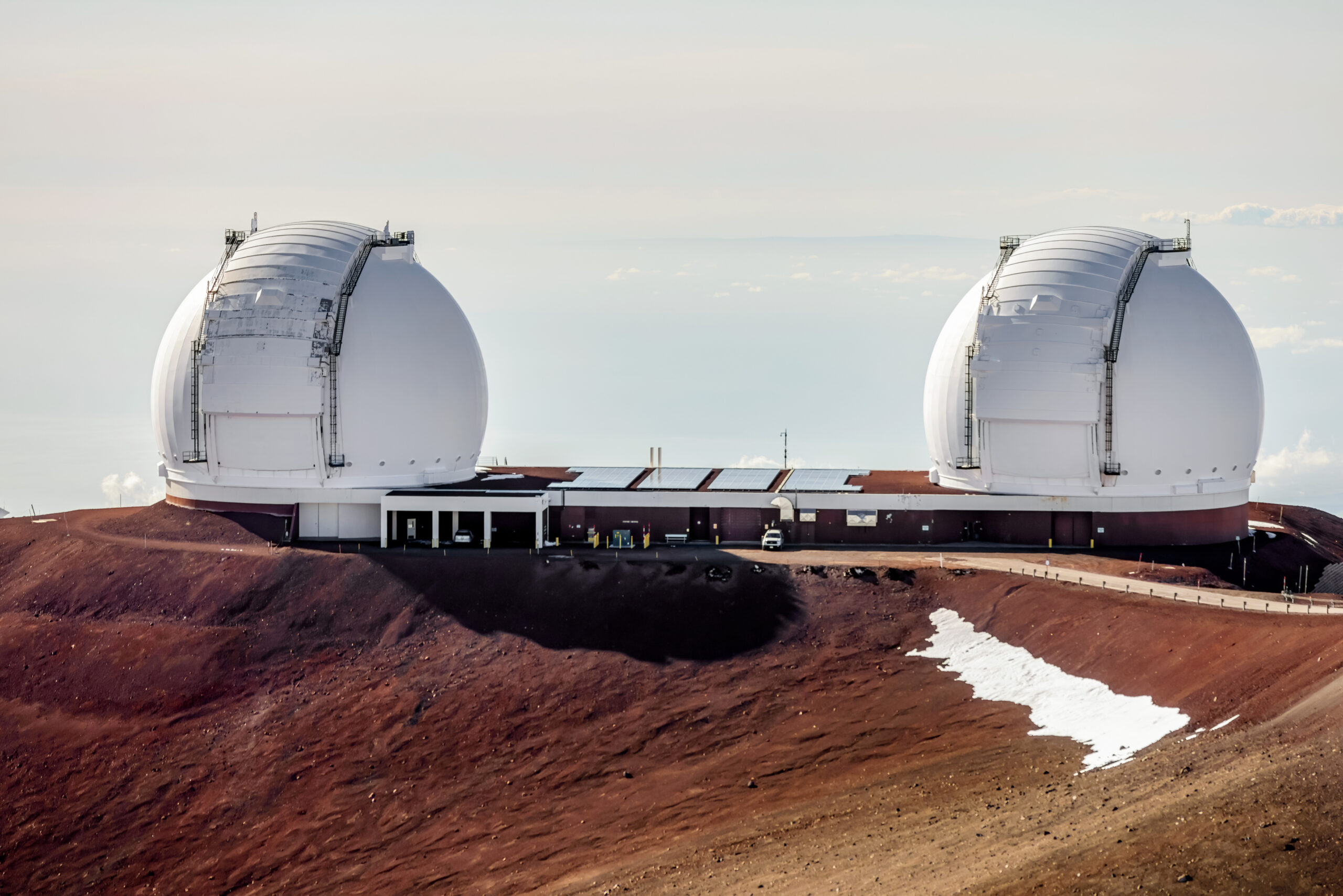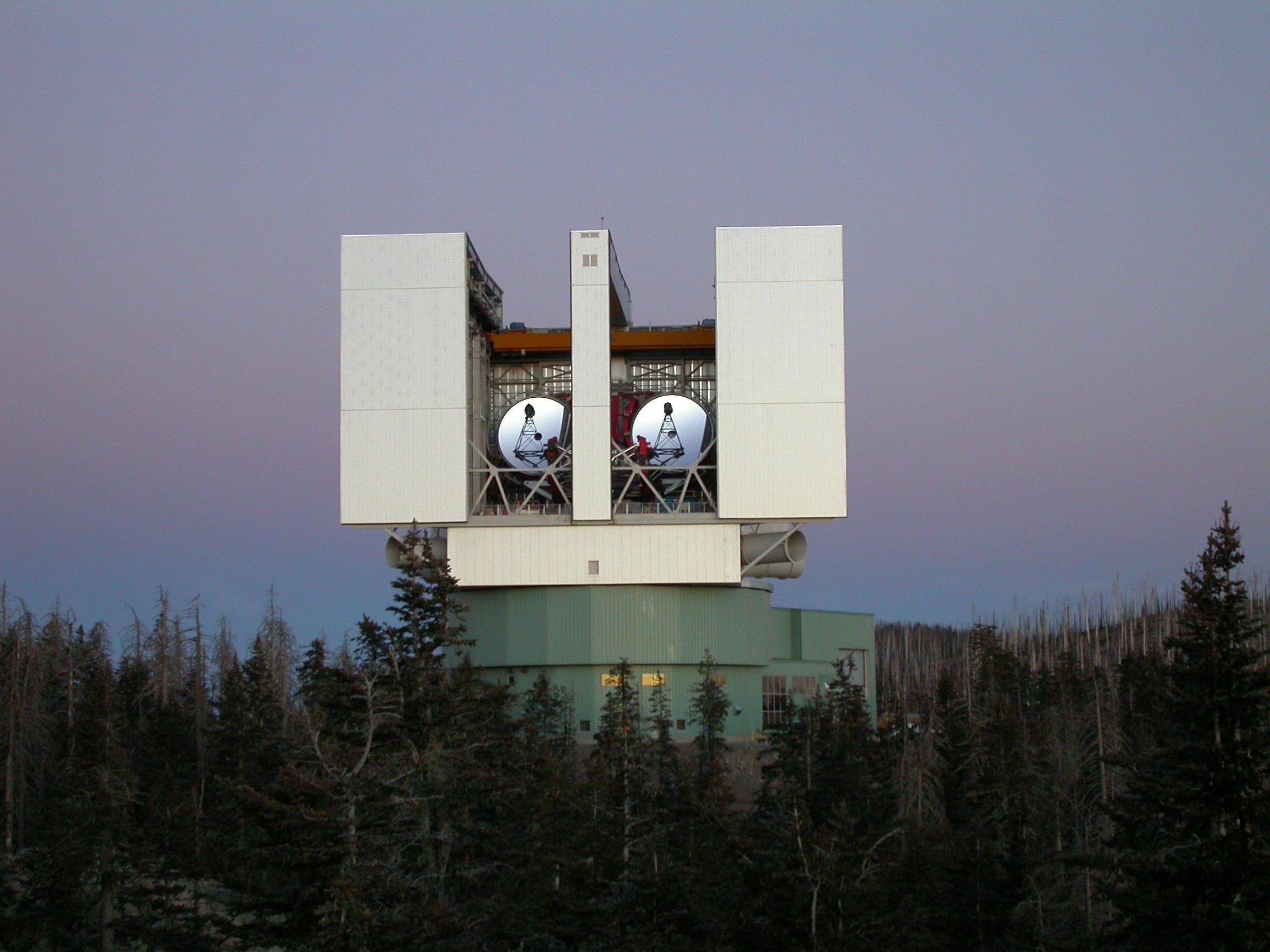The largest telescopes on Earth allow us to peer into the universe with unmatched clarity. These massive instruments are spread across different countries, helping astronomers study distant galaxies, stars, and planets. Each telescope is a marvel of modern engineering, combining advanced optics and cutting-edge technology. Let’s explore eleven of the largest and most powerful telescopes that are changing how we see the cosmos.
Gran Telescopio Canarias (Spain)

The Gran Telescopio Canarias (GTC) sits atop La Palma in Spain’s Canary Islands. With a primary mirror measuring 10.4 meters in diameter, it is the largest single-aperture optical telescope in the world. This massive telescope began its operations in 2009, offering astronomers an unparalleled view of the night sky. GTC is located at the Roque de los Muchachos Observatory, taking advantage of the region’s clear skies. Scientists use the GTC to study distant galaxies, black holes, and exoplanets, as well as to observe faint objects at the edge of the universe. Its large mirror collects vast amounts of light, enabling it to capture extremely detailed images of space.
Hobby-Eberly Telescope (USA)

The Hobby-Eberly Telescope (HET) is located at the McDonald Observatory in Texas, USA. It is a 9.2-meter optical telescope, one of the largest in the United States, and was first operational in 1997. Its unique design uses a fixed spherical mirror, and the instrument moves to track celestial objects. HET is particularly efficient for spectroscopy, allowing astronomers to analyze the composition, movement, and properties of distant stars and galaxies. Positioned in the Davis Mountains, the telescope benefits from dark skies and minimal light pollution. Its ability to conduct large-scale surveys makes it ideal for studying dark energy and distant galaxies.
Keck I (USA)

Keck I is one of the two identical telescopes at the W. M. Keck Observatory, located on Mauna Kea, Hawaii. It has a 10-meter segmented mirror, made up of 36 hexagonal segments, which combine to form a single surface. This telescope began operations in 1993 and quickly became a critical tool for high-resolution astronomical imaging. Its high altitude location provides some of the best viewing conditions in the world, allowing Keck I to observe objects deep in space. Researchers use Keck I to explore everything from the solar system to distant galaxies, benefiting from adaptive optics that reduce atmospheric interference.
Keck II (USA)

Keck II, the twin of Keck I, also features a 10-meter segmented mirror and operates at the same W. M. Keck Observatory in Hawaii. It became operational in 1996, and its advanced adaptive optics system provides ultra-clear views of space. The location at the summit of Mauna Kea offers an ideal place for observation due to the thin, dry air and low levels of atmospheric disturbance. Keck II has been instrumental in many discoveries, including the imaging of exoplanets and the study of the supermassive black hole at the center of our galaxy. Like its twin, it plays a crucial role in observing both near and far celestial bodies.
Subaru Telescope (Japan)

The Subaru Telescope is located at the summit of Mauna Kea, Hawaii, alongside other world-class observatories. Built by Japan, it has an 8.2-meter single-piece mirror, making it one of the largest monolithic mirror telescopes in the world. First operational in 1999, Subaru is known for its ability to capture wide-field images of space, allowing astronomers to survey large areas of the sky. The telescope excels in optical and infrared astronomy, and its precise imaging has helped in the discovery of new celestial objects and phenomena. Its advanced instruments make it a critical tool for studying everything from stars and galaxies to dark matter.
Large Binocular Telescope (USA)

The Large Binocular Telescope (LBT) is located on Mount Graham in Arizona, USA. It features two 8.4-meter mirrors, making it one of the most powerful optical telescopes on Earth. First operational in 2005, the LBT is unique in its binocular design, which allows it to capture high-resolution images comparable to those from a much larger telescope. The observatory’s advanced adaptive optics correct for atmospheric disturbances, providing ultra-sharp images. This dual-mirror setup enables scientists to explore faint and distant objects with extraordinary detail, making it a critical tool for planetary and extragalactic research.
Southern African Large Telescope (South Africa)

The Southern African Large Telescope (SALT) is the largest optical telescope in the southern hemisphere. Located at the South African Astronomical Observatory in Sutherland, SALT boasts a 10-meter hexagonal mirror array. First used in 2005, this telescope specializes in spectroscopic studies, allowing researchers to analyze the light from distant celestial objects. SALT is ideal for observing stars, galaxies, and quasars that are not easily visible from northern observatories. The location in the Karoo Desert provides excellent conditions for stargazing, with minimal light pollution and clear skies, allowing SALT to make groundbreaking discoveries in astrophysics.
Magellan Baade Telescope (Chile)

The Magellan Baade Telescope is part of the Las Campanas Observatory in Chile, one of the best astronomical sites in the world. Its 6.5-meter mirror has been in operation since 2000, capturing some of the sharpest images of the night sky. The Baade Telescope is one of two Magellan telescopes and is known for its optical and infrared capabilities. Located at an altitude of 2,400 meters in the Atacama Desert, the observatory benefits from clear, dry skies. The telescope is often used to study distant galaxies, stars, and cosmic phenomena, helping astronomers better understand the universe.
Gemini North Telescope (Hawaii, USA)

The Gemini North Telescope is located on Mauna Kea, Hawaii, one of the best sites for astronomy. It features an 8.1-meter mirror and has been operational since 1999. Part of the international Gemini Observatory, which also includes a twin in Chile, Gemini North provides astronomers with a powerful tool for studying both optical and infrared wavelengths. Its adaptive optics system enhances the clarity of images by correcting atmospheric distortions. Positioned high on Mauna Kea, Gemini North enjoys some of the clearest views of space, making it a key player in the discovery of exoplanets, star formations, and distant galaxies.
Harlan J. Smith Telescope (USA)

The Harlan J. Smith Telescope is located at the McDonald Observatory in Texas, USA. It has a 2.7-meter mirror and has been in use since 1968. Though smaller than some of the world’s largest telescopes, the Harlan J. Smith Telescope is notable for its contribution to planetary science and stellar astronomy. The telescope has been instrumental in discovering planets orbiting other stars and studying variable stars. Its position in the Davis Mountains allows for relatively dark skies, free from the interference of city lights, which improves the quality of its observations.
MMT Observatory (USA)

The MMT Observatory, located at the Fred Lawrence Whipple Observatory on Mount Hopkins, Arizona, began operations in 1979 with multiple smaller mirrors. In 1998, the original design was replaced with a single 6.5-meter mirror, making it a more powerful instrument. MMT, short for Multiple Mirror Telescope, focuses on optical and infrared astronomy, particularly the study of galaxies, black holes, and clusters. Its high altitude location offers excellent observing conditions, and its adaptive optics system further enhances image quality. The telescope’s ability to switch between multiple instruments makes it versatile for various types of astronomical research.
This article originally appeared on Rarest.org.
More from Rarest.org
10 Oldest Mountain Ranges in the World

Earth’s oldest mountain ranges are not just breathtaking landmarks; they are also geological wonders that offer insights into the planet’s history and evolution. Read More.
10 Largest Diamonds in the World

Diamonds are some of the most coveted gemstones in the world, known for their brilliance, rarity, and history. Read More.
13 Remote Islands You’ve Never Heard of with Fascinating Histories

Some islands around the world are known for their beauty and isolation, but others hold fascinating, little-known stories that make them truly unique. Read More.
